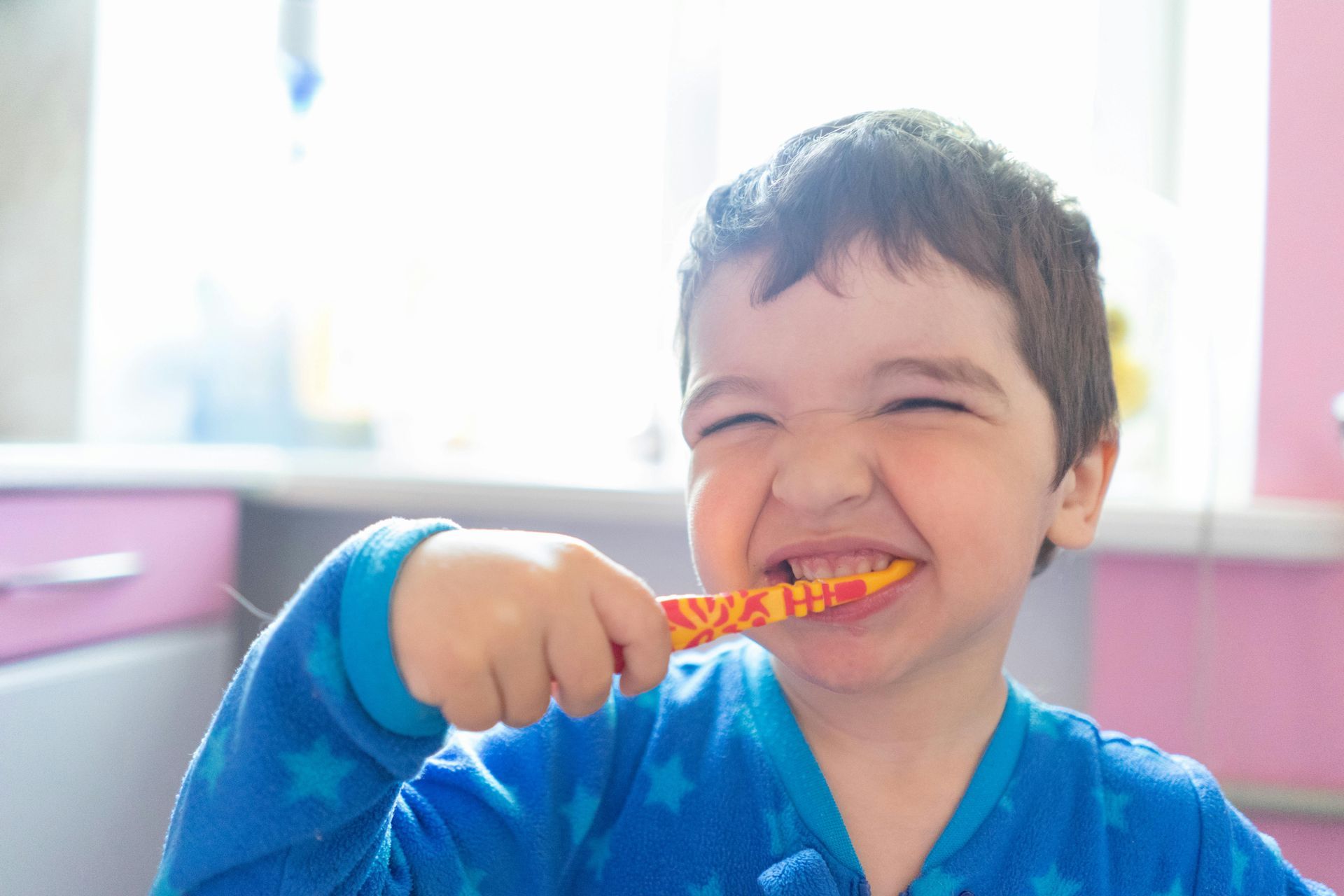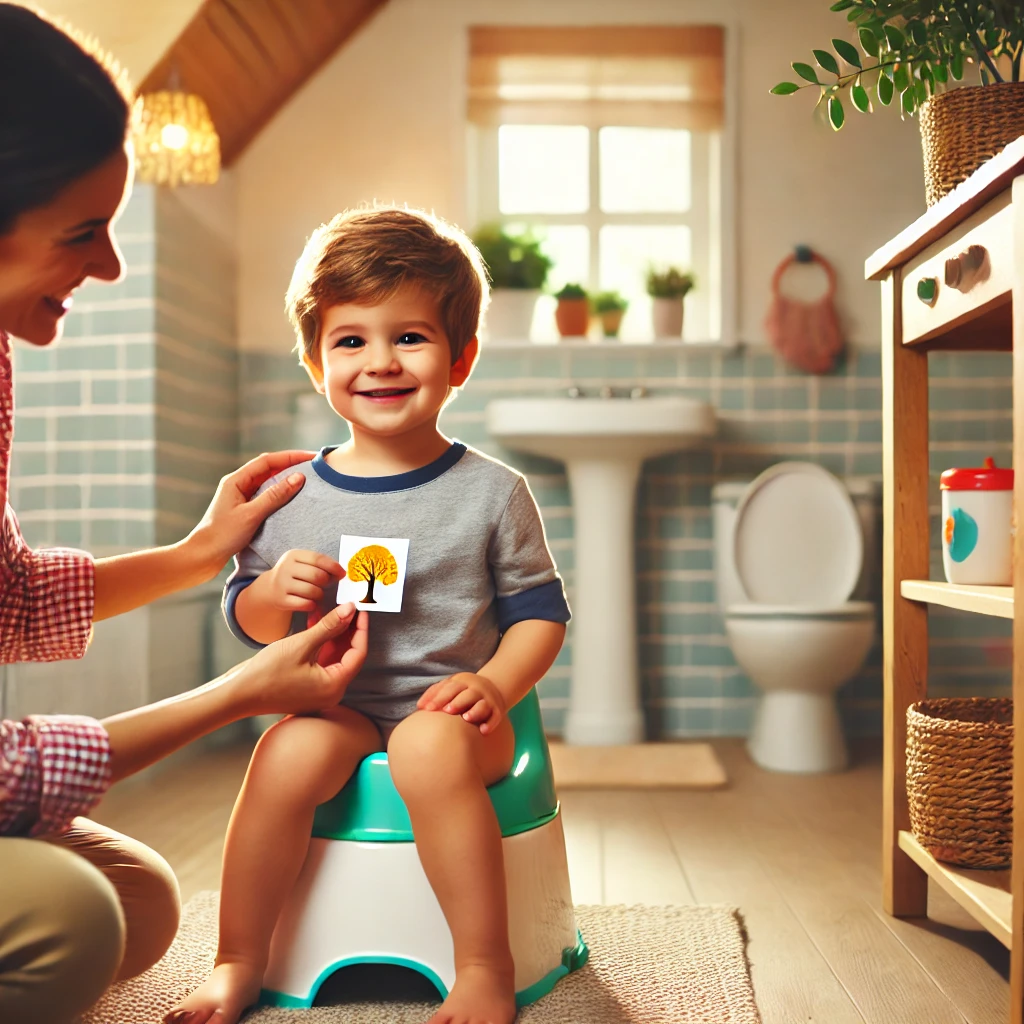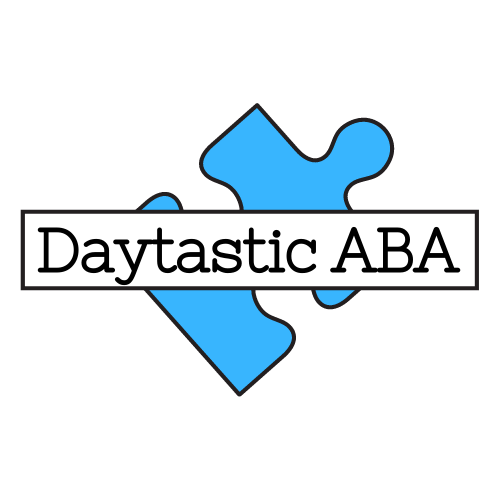What is a Preference Assessment and Why Does It Matter?
What is a Preference Assessment and Why Does It Matter?
Understanding Preference Assessments
For children with autism spectrum disorder (ASD), motivation plays a crucial role in learning new skills and engaging in positive behaviors. A preference assessment is a structured way to identify which items, activities, or stimuli are most preferred by a child, which can then be used to encourage participation, engagement, and skill acquisition. Since every child is unique, it is essential to determine what they find enjoyable and reinforcing.
In Applied Behavior Analysis (ABA), preference assessments are used to guide the selection of reinforcers. A reinforcer is anything that increases the likelihood of a behavior occurring again in the future. Not all preferred items function as reinforcers, but identifying what a child enjoys is the first step in discovering what motivates them (Cooper, Heron, & Heward, 2020).
Why Are Preference Assessments Important?
Children with ASD often have distinct preferences, and these preferences can change over time or in different environments. Without a reliable way to identify preferred items or activities, caregivers and therapists may struggle to provide meaningful reinforcement. When children are not motivated by the rewards offered, learning can slow down, and engagement may decrease.
A well-conducted preference assessment helps caregivers and professionals determine what is most effective in promoting positive behavior. For example, if a child highly prefers playing with bubbles, offering bubbles as a reward for completing a task can increase motivation. On the other hand, using a less preferred item, such as a sticker, might not be as effective in encouraging participation.
Types of Preference Assessments
There are several ways to conduct a preference assessment, and the choice of method depends on factors such as the child’s ability to make choices, their communication skills, and the setting in which the assessment is being conducted.
- A free operant preference assessment allows the child to explore a variety of items in a natural environment without restriction. Observing which items they engage with the most and for the longest duration can provide insight into their preferences. This method is beneficial because it does not require the child to make direct choices and allows for a more natural evaluation of preference.
- A paired-stimulus preference assessment presents two items at a time and asks the child to choose between them. By systematically comparing items in a structured manner, caregivers can rank preferences from most to least preferred. This type of assessment is especially useful when determining a hierarchy of preferred items.
- A multiple-stimulus preference assessment presents several items at once, allowing the child to select one. Once an item is chosen, it is removed, and the child selects again from the remaining options. This method is efficient in identifying strong preferences quickly, but it requires the child to make multiple selections in a single session.
When Should Preference Assessments Be Used?
Preference assessments should be conducted regularly because preferences can change over time. A toy or activity that was highly preferred last month may no longer be motivating today. By reassessing preferences periodically, caregivers and therapists ensure that reinforcement remains effective.
Preference assessments are particularly useful before introducing new learning programs or behavior interventions. If a child is beginning an ABA program or transitioning to a new environment, conducting a preference assessment helps identify the most effective reinforcers. They can also be helpful before skill-building activities, such as communication training or social skills programs, to determine what will best motivate the child to participate and engage.
How Families Can Use Preference Assessments at Home
Parents and caregivers can easily incorporate preference assessments into daily routines to better understand what motivates their child. Simply observing what a child chooses to play with, what foods they enjoy, or what activities they seek out can provide valuable insights. Offering choices between different toys, snacks, or activities and taking note of which ones are chosen most frequently can help identify strong preferences.
Using a preference assessment at home can also make everyday tasks more enjoyable. If a child finds brushing their teeth challenging, pairing it with access to a preferred activity, such as playing with a favorite toy, can encourage cooperation. The same approach can be applied to academic tasks, social interactions, and household routines.
Considerations and Limitations
While preference assessments are highly beneficial, it is important to remember that preference does not always equate to reinforcement. Just because a child enjoys an item does not necessarily mean it will function as a reinforcer. A true reinforcer increases the likelihood of a behavior occurring again, so caregivers and therapists should monitor whether preferred items effectively encourage desired behaviors.
Additionally, some children may struggle with making choices or expressing preferences. In these cases, caregivers can rely on observation-based assessments or consider alternative communication methods, such as picture exchange or assistive technology, to gauge preferences more effectively.
Conclusion
A preference assessment is a valuable tool for understanding what motivates a child with ASD and how to use those preferences to support learning and positive behavior. By identifying preferred items and activities, caregivers and therapists can provide reinforcement that is meaningful and effective. Regularly conducting preference assessments ensures that reinforcement strategies remain relevant and impactful, leading to greater engagement and success for the child.
By incorporating preference assessments into daily life, families can create more enjoyable and supportive learning experiences that foster growth and skill development. Understanding what a child loves can be a powerful way to encourage participation, build stronger connections, and promote lasting progress.
References
Cooper, J. O., Heron, T. E., & Heward, W. L. (2020). Applied behavior analysis (3rd ed.). Pearson.
Hagopian, L. P., Long, E. S., & Rush, K. S. (2004). Preference assessment procedures for individuals with developmental disabilities. Behavior Modification, 28(5), 668-677.
Roane, H. S., Vollmer, T. R., Ringdahl, J. E., & Marcus, B. A. (1998). Evaluation of a brief stimulus preference assessment. Journal of Applied Behavior Analysis, 31(4), 605-620.











